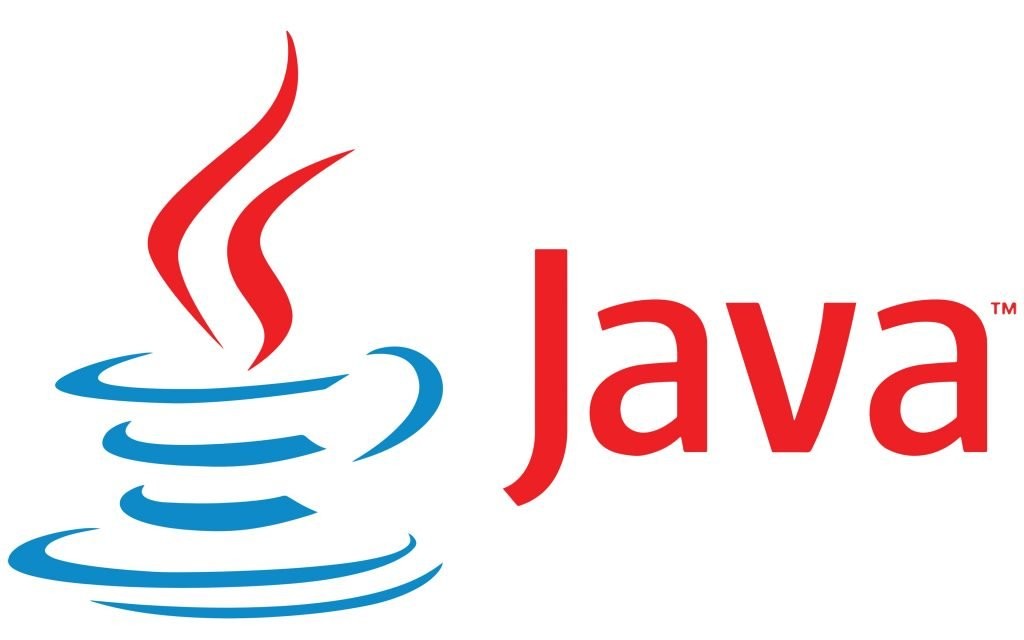Last Updated on September 7, 2024
In Java programming, the Character class stands as a fundamental component, offering a robust set of tools for manipulating and analyzing individual characters.
As a wrapper class for the primitive char data type, it bridges the gap between primitive operations and object-oriented programming, providing a rich set of methods that extend far beyond the basic capabilities of the char primitive.
This article explores the intricacies of the Character class, exploring its uses, methods, and practical applications in Java development.
Primitive char Type
The char is one of Java’s eight primitive data types. It’s used to store a single Unicode character. Here are the key points about the char type.
A char occupies 16 bits (2 bytes) of memory. It can represent 65,536 different characters, covering the entire Unicode character set from ‘\u0000’ (or 0) to ‘\uffff’ (or 65,535).
We declare a char variable like this:
char myChar = 'A';You can also use Unicode values to represent characters:
char uniChar = '\u0041'; // This is equivalent to 'A'Despite representing characters, char is actually an integral type. We can perform arithmetic operations on char values:
char ch = 'A';
System.out.println(ch + 1); // Outputs 66 (the ASCII value of 'A' is 65)
System.out.println((char)(ch + 1)); // Outputs 'B'Char is commonly used for storing individual characters, iterating through strings, and in certain types of text processing.
public class CharDemo {
public static void main(String[] args) {
char c1 = 'A';
char c2 = 65; // ASCII value for 'A'
char c3 = '\u0041'; // Unicode for 'A'
System.out.println(c1); // Outputs: A
System.out.println(c2); // Outputs: A
System.out.println(c3); // Outputs: A
// Arithmetic with char
System.out.println(c1 + 1); // Outputs: 66
System.out.println((char)(c1 + 1)); // Outputs: B
// Iterating through a string
String str = "Hello";
for(int i = 0; i < str.length(); i++) {
char ch = str.charAt(i);
System.out.println("Character at index " + i + " is " + ch);
}
}
}Character Wrapper Class
The Character class is the wrapper class for char, allowing it to be used in contexts where an object is required. One of the strengths of the Character class is its full support for Unicode. This makes it an excellent tool for working with text in multiple languages and scripts.
Java is an object-oriented language, and sometimes you need to treat everything as an object. The Character class allows char primitives to be used in contexts that require objects.
This conversion from char to Character is often done automatically by Java through a process called autoboxing (and the reverse is called unboxing). This allows us to use char and Character somewhat interchangeably in many contexts, which can make your code more flexible and powerful.
There are two primary ways to create a Character object:
Character ch = new Character('A');Using autoboxing (available since Java 5)
Character ch = 'A';Character class Features and Methods
The Character class offers a wide array of static methods that can be used without creating a Character object.
Character Classification
One of the most useful aspects of the Character class is its ability to classify characters. These methods return boolean values and include:
isLetter(char ch): Determines if the character is a letter.isDigit(char ch): Checks if the character is a digit.isWhitespace(char ch): Identifies whitespace characters.isUpperCase(char ch)andisLowerCase(char ch): Check the case of a letter.isLetterOrDigit(char ch): Determines if the character is either a letter or a digit.
Case Conversion
The Character class provides methods to convert between uppercase and lowercase:
toUpperCase(char ch): Converts the character to uppercase.toLowerCase(char ch): Converts the character to lowercase.
Numeric Operations
For characters that represent numeric values, the Character class offers methods to work with their numeric representations:
getNumericValue(char ch): Returns the int value that the character represents.digit(char ch, int radix): Returns the numeric value of the character in the specified radix.
Character Comparison
While not as commonly used, the Character class provides methods for comparing characters:
compare(char x, char y): Compares two char values numerically.compareTo(Character anotherCharacter): Compares two Character objects.
These methods can be useful when implementing custom sorting algorithms or working with character sequences.
Applications
Input Validation
When dealing with user input, the Character class methods can be used to ensure that the input meets certain criteria.
public static boolean isValidPassword(String password) {
boolean hasUpperCase = false;
boolean hasLowerCase = false;
boolean hasDigit = false;
for (char c : password.toCharArray()) {
if (Character.isUpperCase(c)) hasUpperCase = true;
if (Character.isLowerCase(c)) hasLowerCase = true;
if (Character.isDigit(c)) hasDigit = true;
}
return hasUpperCase && hasLowerCase && hasDigit;
}Text Processing
The Character class is invaluable in text processing tasks. For instance, implementing a simple word count function:
public static int countWords(String text) {
int wordCount = 0;
boolean isWord = false;
for (int i = 0; i < text.length(); i++) {
if (Character.isLetterOrDigit(text.charAt(i))) {
if (!isWord) {
wordCount++;
isWord = true;
}
} else {
isWord = false;
}
}
return wordCount;
}Data Parsing
When parsing data from strings, the Character class can help identify different types of characters.
public static double parseExpression(String expression) {
double result = 0;
double currentNumber = 0;
char operation = '+';
for (char c : expression.toCharArray()) {
if (Character.isDigit(c)) {
currentNumber = currentNumber * 10 + Character.getNumericValue(c);
} else if (c == '+' || c == '-') {
result = performOperation(result, currentNumber, operation);
currentNumber = 0;
operation = c;
}
}
return performOperation(result, currentNumber, operation);
}
private static double performOperation(double result, double number, char operation) {
if (operation == '+') return result + number;
if (operation == '-') return result - number;
return result;
}Conclusion
The Java Character class is a powerful tool in the Java developer’s toolkit. It provides a wide range of methods for character manipulation, classification, and conversion, making it indispensable for tasks ranging from simple input validation to complex text processing and internationalization.
By offering an object-oriented interface to character operations while maintaining compatibility with the char primitive, the Character class exemplifies Java’s design philosophy of combining efficiency with robust, object-oriented programming practices.
While working with characters, it’s important to note that using Character objects instead of char primitives can have performance implications, especially in performance-critical code or when dealing with large amounts of data.

